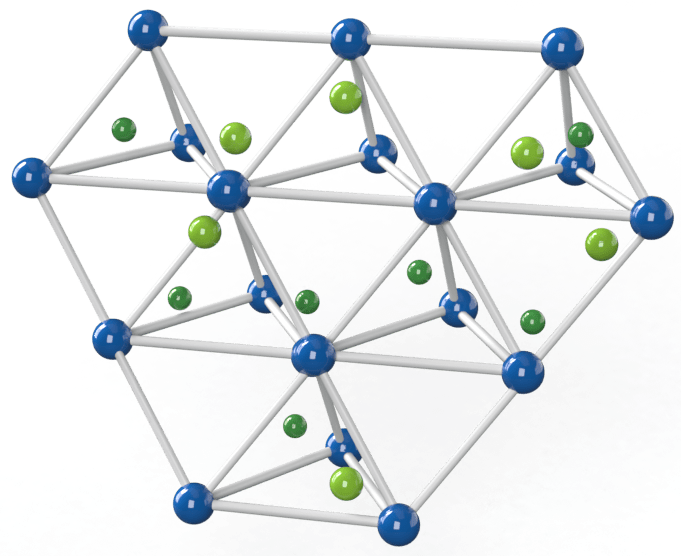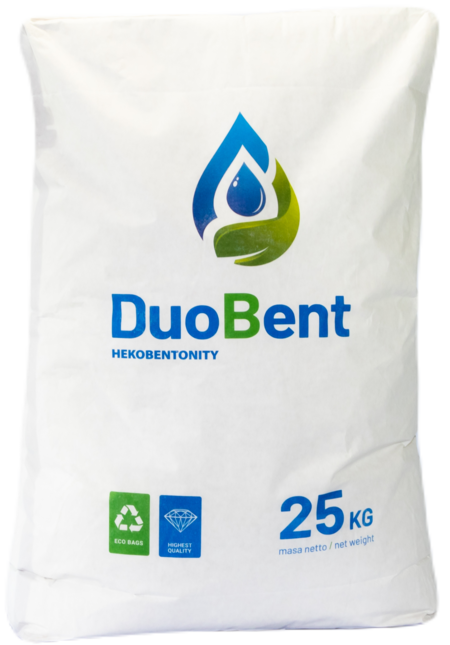
DuoBent S-block
DuoBent is an eco-innovation on a European scale. This product is to be used in the optimization of wastewater both municipal and industrial treatment processes,. Products are manufactured in accordance with a patented technology that ensures their safety.
Application

Zastosowanie
Hydrogen sulfide is heavier than air, colorless gas with characteristic rotten egg smell. Physical properties are similar to pure water, although hydrogen sulphide evaporates more easily. The solubility of H2S in water is approx. 3.85 g/m3, and the solubility decreases by approx. 2.5÷3% with a decrease in temperature by 1°C.
H2S is formed in anaerobic conditions in the presence of sulphates and organic substances, that is why it is most often formed, for example, in sediments of sewage pumping stations and as a result of methane fermentation during gravitational or mechanical sludge thickening. An additional factor contributing to the formation of hydrogen sulphide is temperature, which is why the problem of odors intensifies in summer.
DuoBent S-block is dedicated to all sewage treatment plants struggling with the problem of odor caused by higher concentrations of hydrogen sulphide and ammonia, e.g. immediately before or after sludge dewatering processes.
The product is prepared in a very simple way, using an ordinary high-speed mixer, mixing in the right proportion with water. More information in the article.
Other products from the DuoBent family
DuoBent BX10
- Over 90% reduction of fat
- Foam and scum reduction
- Ideal solution for small to medium sized SBR tanks struggling with foam/fat/no sedimentation properties
- Dedicated to simultaneous operation with aluminum ions in order to quick reduction of the number of filamentous bacteria
- Dedicated to prevent further reproduction of filamentous bacteria
DuoBent BX500
- Alternative to DuoBent BX10
- Reduction of foam and fat scum
- Solution for medium to large plants struggling with foam/fat/no sedimentation
- Dedicated to work simultaneously with aluminum ions to quickly reduce the number of filamentous bacteria
- Dedicated to prevent further reproduction of filamentous bacteria
DuoBent BX220
- Immediate improvement in sedimentation in the presence of filamentous bacteria 021N
- The potential for complete elimination of bacteria 021N
- Reduction of fat substances and sulfides
- The possibility of reducing the load in raw wastewater
DuoBent F500
- immediate improvement of activated sludge sedimentation
- solves the problem of sludge drift in the secondary settling tank
- reduction of floating suspension in the treated wastewater, which sometimes causes exceeding the parameters
- extremely low doses
- no need to dosing every day – thanks to the attachment of submicron DuoBent particles to the sludge, the product stays in the biological system = long-term effect
- possibility of application to aerobic stabilization/gravitational/mechanical thickeners to improve sludge dewatering – increase in dry mass by up to 6% while reducing polymer consumption
DuoBent F2
- An alternative to DuoBent F500
- Immediate action
- Can be used in the primary settling stage
- Improves the parameters of the treated wastewater


